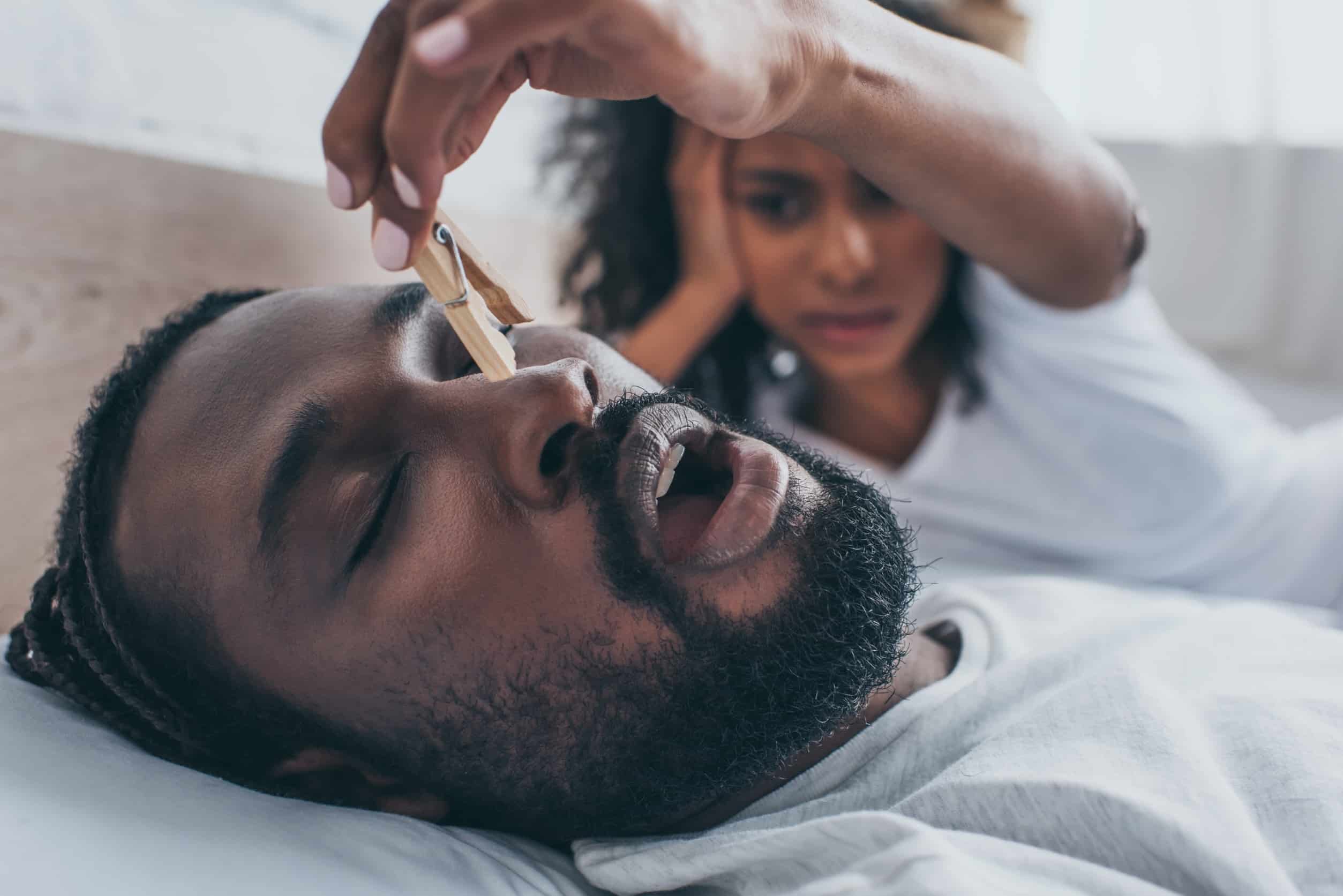By Barbara Krooss –
Taping lips to make sleepers breathe through their noses is hot. On TikTok, the hashtag #mouthtaping has over 51 million views.
Yet just because something is popular doesn’t necessarily mean it is productive, safe or warranted. Getting those answers first requires knowing several items. When and why is mouth breathing bad? What are mouth taping’s supposed benefits? Is it effective? What does the research say? And, most importantly: Are there any recognized dangers involved?
According to the Sleep Foundation, getting sound sleep is the top reason for mouth taping. On the surface, that makes sense because it is reputed to control snoring, which is no small concern. Snoring, after all, affects 37 million people and their partners in the U.S. alone, according to the info site disturbmenot.com. This racket is the third leading cause of divorce.
The lack of quality sleep caused by snoring is also a health issue, affecting performance, cognitive ability and growth. Pediatric mouth breathers are at particular risk because they develop a narrow “mouth breathing face” with retracted chins, improper facial bones and dental misalignments that can create trouble speaking.
Proper nose breathing is critical for another reason. It’s nature’s default setting. It warms and humidifies incoming air, and the nose’s tiny hairs, and cilia, filter out germs and debris. Mouth breathing only is a supplemental overdrive when respiratory demand exceeds nasal capacity. It can become habitual if the nose gets blocked or constricted for too long.
Mouth taping is supported because it can help prevent dry mouth, bad oral pH, cavities, gum irritation and disease, and sore throat.
But is it effective? There’s little research to date.“Most of the evidence is anecdotal. It is not strong enough evidence to support that mouth taping is beneficial,” reported De Pena Obera of the Cleveland Clinic’s Sleep Disorders Center.
Of the few studies conducted, research out of Taiwan reported that mouth taping reduced average snoring loudness in 30 patients with mild obstructive sleep apnea to 41.1 dB from 49.1 dB. It also lowered snoring frequency to 40.0 from 146.7 per hour. Another study released in 2022 reported that mouth-taping halved snoring severity in 13 of 20 nocturnal mouth-breathing sleep apnea patients.
Whether effective or not, a concern is that mouth taping may be dangerous if misapplied.
Dr.Shannon Sullivan, a clinical professor at Stanford University, warns against the practice without first professionally identifying specific breathing problems. The reason is that taping may be dangerous for people with obstructive sleep apnea, chronic obstructive pulmonary disease, asthma, pulmonary disease, deviated septum, and even temporary nasal obstructions due to infection or allergies.
“It could be problematic for people with anxiety and risky for people on certain medications that change their ability to rouse from sleep. There is not enough evidence to make statements about clear health benefits or safety. I advise folks to discuss their situation with a healthcare provider,” Sullivan explained.
Taping’s Risks Versus Rewards
Even if mouth taping does lessen mouth breathing and snoring, the associated risks aren’t worth it, Dr. Federico Cerrone, a sleep medicine specialist, told Healthline.com.”It’s dangerous and is likely a quick fix instead of treating the root cause,” he warned.
A colleague, Dr. Erich Voigt, director of general and sleep otolaryngology at NYU Langone Health, agreed with the dangers and risks. “There are benefits for breathing through your nose, but if a person cannot breathe through their nose, they should not tape their mouth shut to do so…If you have trouble breathing through your nose, you should find out why,” he stressed.
Its practice is dangerous for children. Specialists may prescribe taping to retain breathing habits in children at risk for developing a mouth-breathing face. Over-the-counter marketing of nursery-themed tape is not the answer. It gives parents a dangerous false impression that they can skip professional diagnosis and guidance, Southview Dentistry warned.
Slow going is the best approach for taping, even if it is warranted, according to Dr. Alex Dimitriu, who specializes in psychiatry and sleep medicine. Taping may trigger choking or vomiting, which is especially dangerous if the mouth’s sealed, Dimitriu explained, adding that the best approach is to increase taping time and coverage amount over time.
According to the Sleep Foundation, clearing the nose by blowing or using nasal spray before taping and using the proper lip tape is essential, which is safer and less irritating than duct tape, cellophane tape or adhesive bandages.
Ultimately, taping has risks, which means before proceeding, medical clearance is necessary and proper materials are required. Avoid sealing the mouth if the nose can’t provide sufficient oxygen. Mouth breathing, after all, isn’t great, but it’s better than not breathing at all.













